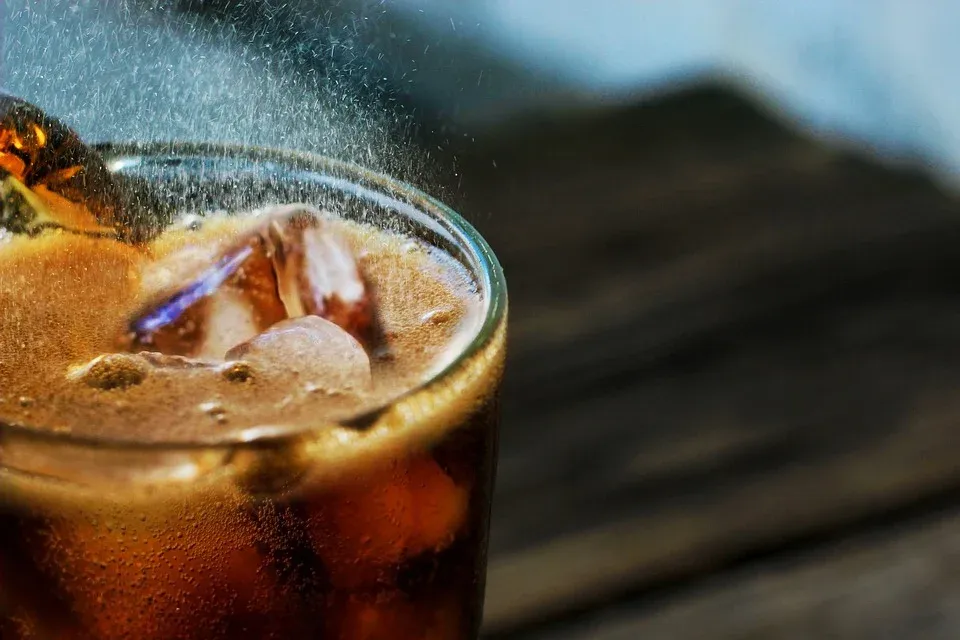In 1970, Coca-Cola conducted a survey showing that it had 18% of the soft drinks market with Pepsi having only 4%. In 1980, another survey was born and it showed Coca-Cola having 12% vs Pepsi's 11%. Remember that this difference means billions of dollars.
That's Not The Only Issue
Coca-Cola spent 100 million more than Pepsi on advertisements.
Pepsi started a new campaign where it would present people with two glasses without any indication of whether it was Pepsi or Coca-Cola. It included hosting a big Coke drinker and asking him which is better, to which he responded by picking the Pepsi.
Coca-Cola's Spiral
While appearing to disagree with Pepsi's findings on the outside. Coca-Cola was panicking on the inside, especially after they conducted the same experiment as Pepsi with 57% choosing Pepsi without knowing.
That result led Coca-Cola to take extreme measures, the main one being changing the formula and taste that made the Coca-Cola drink so popular in the first place. That formula wasn't changed since 1899 before then.
They kept changing the formula and testing it until their new formula gave them the win over Pepsi with 54% of the vote.
The Reaction
Over 400,000 complaints were sent to the company, and countless workers and branch managers called and complained about the change. It's not that the drink was bad, it just wasn't accepted and many lawsuits were involved.
The Result Was Weird
Coca-Cola brought back the original formula and drink that was losing to Pepsi. However, even with the same old formula, Coca-Cola started winning that soft drink war by just going back to the old drink.
Nowadays, Coca-Cola owns 42% of the soft drink industry with Pepsi owning 30%.
How?
Despite starting 7 years apart from Pepsi, Coca-Cola was ahead of Pepsi not because of the taste, but because of something called "Branding"
"Life Tastes Good"
"Open Happiness"
"Taste The Feeling"
"Red, White & You"
And many more slogans designed to be personable. Coca-Cola's branding is more than a product and consumers, but rather establishes an emotional connection with the customers.
The Experiment
An experiment was conducted very similar to Pepsi's earlier in the post.
He brought 70 people and offered them the two soft drinks without an indication of which is which. Pepsi still won, but once the same thing happened again, the new people were offered the soft drinks in containers indicating which soft drink is where. 75% picked Coca-Cola with an increase of around 15.
The MRI Addition
To further study this experiment, an MRI machine was used to see what part of the brain gets triggered upon drinking.
Pepsi's triggered area was mainly the reward one. So, it makes to pick it since it is tasted like a reward. The reward system gave them joy when drinking, according to the MRI machine.
When they drank Coca-Cola, the medial prefrontal cortex was the one getting triggered. That relates to more personal things such as memories and feelings.
In Conclusion
It seems that the people's relationship with Coca-Cola is an emotional one with nice memories related to it. Around 25% of people in the experiment changed their minds upon finding out which one is Pepsi and which one is Coca-Cola with the majority picking the latter.
Coca-Cola might have lost the taste game, but it has successfully branded itself as a source of happiness in our day-to-day life with successful and well-thought-out marketing. That seems to be the case why Coca-Cola sells more soft drinks than Pepsi.
It's very important to brand yourself correctly as we learn that branding yourself better could lead to winning against a company that makes a better drink. It also teaches us that you could lose a war by simply branding yourself badly even if you have a superior product.
